How To Increase Blood Flow To The Scalp
Keep your scalp healthy and hair bouncy with different ways to enhance blood circulation.
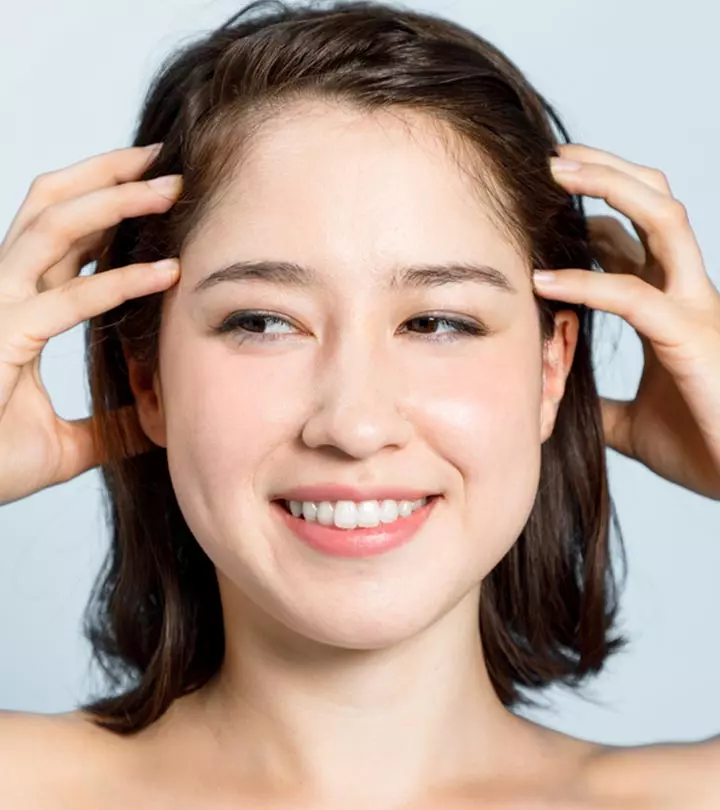
Image: Shutterstock
Proper blood circulation is the key to hair growth. Increased blood flow to the scalp improves hair growth, increases shine, and makes your hair bouncy and voluminous (1). So, relying only on hair care products is not enough to maintain scalp health.
Stimulating the scalp is a way to promote hair growth and improve other scalp issues. Read this article to know how proper blood circulation can improve your hair’s health and methods that are proven to enhance scalp blood flow. Scroll down.
In This Article
How Does Blood Circulation Affect Scalp And Hair Growth?

Effective blood circulation supplies energy to every organ in our body, including hair. Subcutaneous blood flow delivers oxygen and other necessary nutrients to the hair and supports hair follicle maintenance. A healthy scalp can result in long-term hair health. In fact, regular scalp massages may even reduce stress, another possible cause for hair loss (1). This is how healthy blood circulation may stimulate hair growth.
In the following section, we tell you how you can increase scalp blood supply and enjoy its many benefits.
Key Takeaways
- An increase in blood flow to the scalp improves hair growth, shine, volume, and bounciness.
- The excess use of chemical-laden hair products or accumulation of sebum and grime can reduce blood flow to the scalp.
- Regular hair care practices like massage, exercise, and adequate sleep stimulate blood circulation in the scalp.
Expert Tips To Increase Blood Circulation To Your Scalp
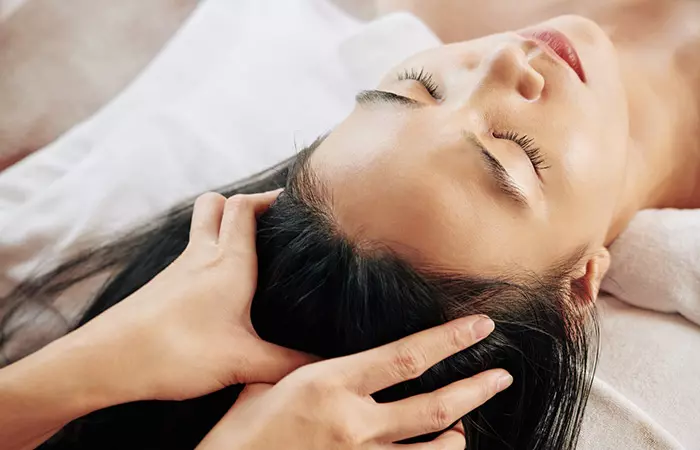
1. Massage Your Scalp Regularly
Applying gentle pressure during a scalp massage can facilitate good blood circulation. It promotes scalp oxygenation and detoxifies the hair follicle cells. However, it is important to pick the right massaging method to prevent any possible hair damage and boost scalp nourishment.
- Gently massage your scalp with your fingertips, in circular motions. Focus on the hair roots to improve blood circulation to the scalp.
- You may also go for a simple hair scalp massager or a similar electronic device.
- Focus on massaging the acupressure points for hair growth. Stimulating certain points, such as the baihui point on top of the head or the fengchi point at the base of the skull, may help boost hair growth.
A study conducted on 1899 patients with androgenic alopecia and published in Dermatology and Therapy found that a daily massage effort of 11 to 20 minutes and a mean adherence of 7.4 to 6.6 months resulted in stabilization or regrowth of hair in 68.9% of cases.
Hannah Kwaw-Yankson, a blogger, highlights the benefits of a scalp massage. She writes, “Massaging the scalp and hair with warm oil, preferably infused with hair-friendly herbs, is the best way to nourish the scalp and hair topically…It helps enhance blood circulation in the head and neck area. When the scalp is “tight” from stress, circulation and hair growth are impeded. It helps relax the scalp (i).” She shares other benefits such as strengthening hair roots, preventing dryness and flakes, enhancing hair manageability, reducing stress, and contributing to emotional balance, resulting in improved sleep quality.
2. Use Diluted Essential Oils On Your Scalp
Stress and improper hair maintenance can weaken scalp circulation, constricting the capillaries that feed your hair roots. This prevents free blood flow to the scalp.
Essential oils (especially rosemary and peppermint oils) and their aroma help relieve stress and enhance scalp health by encouraging free blood flow by opening up the blood vessels surrounding your hair follicles (2).
Some other essential oils that could help improve scalp blood circulation include rosemary, cedarwood, thyme, and lavender (3).
How To Use Essential Oils?
- Use them before a shower. Combine 3 to 5 drops of your favorite essential oil with 2 to 3 tablespoons of a carrier oil (like olive or coconut oils) to dilute it.
- Gently rub the oil mixture into your scalp.
- Leave the oil on your head for about 10 to 15 minutes and rinse with warm water. Warm water helps improve scalp nutrient delivery and promote better nutrient absorption.
3. Use Inversion Therapy
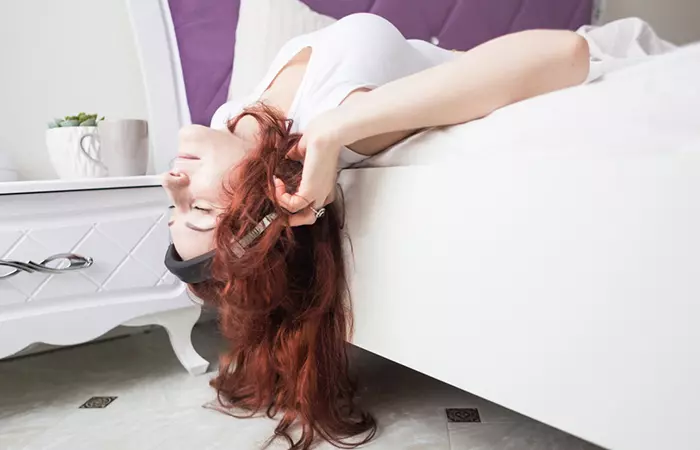
In inversion therapy, you hang your head upside down for a few minutes to increase blood flow to the scalp. This blood circulation helps stimulate hair follicles and is vital for hair growth. The blood delivers oxygen, minerals, and various other nutrients to the hair.
Here, you will allow your head to go below the body as far as possible, ensuring the blood goes to the scalp. Lie in your bed with your upper body hanging on the side. Slowly drop your upper body until you start to feel a rush of blood to your head.
However, ensure you do this only for a few minutes, as prolonging can make blood pool in your head and cause you to feel uncomfortable and dizzy. Also, follow this therapy on an empty stomach.
4. Perform Scalp Exercises
Scalp exercises involve relaxing and tensing the muscles in the head to stretch and relax the scalp. This ensures a smooth, uninterrupted blood flow to the hair follicles. One simple exercise is raising your eyebrows upwards, as high as you can, and lowering them. Repeat this a few times every day. This exercise relaxes your forehead and reduces any tension.
5. Eat Healthy And Drink Enough Water
Include specific minerals and nutrients known for promoting scalp blood circulation. These include iron, biotini Also called vitamin B7, it is a water-soluble vitamin (part of the vitamin B complex) that can boost follicle growth and stimulate the production of keratin in hair. , and omega-3 fatty acids (4).
Apart from healthy food, water also plays an important role in facilitating blood circulation throughout the body, including the scalp. Drink adequate water every day to boost blood circulation.
6. Have Cold Showers
Cold temperatures may stimulate an increase in blood flow as your body sends warm blood to try and heat the colder body areas. However, more research is needed to support this claim. Avoid cold showers if you are ill or are recovering. Consult your doctor for more information.
7. Brush Your Hair Regularly
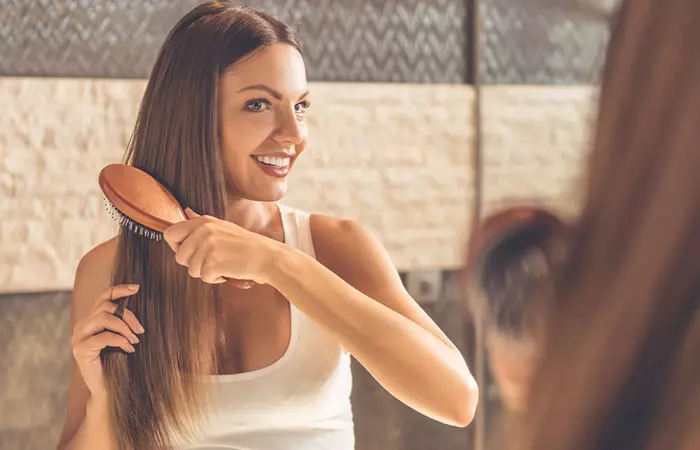
The bristles of a hairbrush help stimulate the capillaries and increase blood circulation to the scalp. However, avoid harsh or excessive hair brushing as it can damage the hair cuticles and cause hair breakage.
 Quick Tip
Quick Tip8. Cleanse Your Scalp
Scalp buildup may obstruct the blood flow underneath. You can prevent this by keeping your scalp clean and allowing the blood to flow normally.
How To Do This?
- Wash your hair every alternate day if you have an oily scalp and every 3 to 4 days in case of a dry scalp.
- Use a good clarifying shampoo once a month to get rid of dirt, debris, dead skin cells, and excess oil buildup on the scalp.
What reduces scalp blood flow? We explore the causes in the next section.
9. Use Hair Growth Stimulators
Hair growth stimulators are serums or oils formulated to improve blood circulation. They contain active ingredients that help enhance blood flow to the hair follicles. Minoxidil is one of the widely used hair growth stimulators. It affects potassium channels in blood vessels and hair follicles. This activity leads to the widening of blood vessels and increased blood circulation, both of which promote hair growth (5). It is an over-the-counter topical solution that you may have to apply directly onto your scalp at a one-half capful dose. Commonly prescribed dosages for women and men are 1 mL of 2% and 1 mL of 2-5% of topical minoxidil solution respectively on their scalp twice daily.
What Causes A Lack Of Blood Flow To The Scalp?
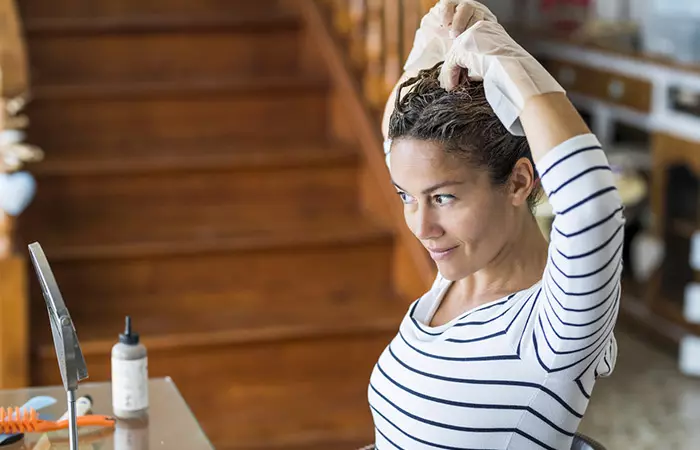
1. Excess Use Of Chemicals
Using chemical-laden hair care products for long periods can block the hair follicles and contract the blood vessels around them. This can lead to poor blood flow.
2. Accumulation Of Perspiration And Sebum
Perspiration and excess hair sebum can form hardened crystals near the hair follicles and obstruct blood flow. Ensure you wash your hair regularly.
3. Stress
A stressful lifestyle can constrict hair capillaries and obstruct blood flow. Practice regular exercise and meditation. Get adequate sleep.
 Quick Tip
Quick TipDifferent Signs Of Poor Scalp Blood Circulation
Several signs indicate poor scalp blood circulation. These include the following:
- Dull and lackluster hair
- Rapid decrease in hair volume
- Hair strands losing density
- Finer hair
- Rapid hair fall
- Restricted hair growth (only grows up to the length of baby hair)
If you notice any of these signs, act immediately. Follow the methods mentioned in this post. Visit your doctor too.
Infographic: 5 Tips To Improve Blood Flow To Your Scalp
Proper blood flow to your scalp ensures that oxygen and essential nutrients are delivered to your hair follicles. This, in turn, may help promote healthy hair growth. The infographic below highlights the 5 simple ways to enhance blood circulation to your scalp. Scroll down to check it out.

Illustration: StyleCraze Design Team
The best way to promote your hair growth and volume is to increase blood flow to the scalp. It makes sure that your scalp and hair follicles get enough oxygen and nutrients to keep them nourished. Massaging your scalp regularly is the go-to remedy, while you can also use diluted essential oils, perform scalp exercises, practice inversion therapy, and go for cold showers to improve blood flow to the scalp. However, taking adequate rest and leading a stress-free life is equally important for healthy hair growth.
Frequently Asked Questions
What happens if you massage your scalp every day?
Massaging your scalp every day can help improve blood circulation, thus improving hair growth by stimulating the follicles.
Does a head-scratcher stimulate hair growth?
It might. Head massage promotes healthier hair growth by stimulating the blood flow to the scalp and hair follicles. So, if you use a head-scratcher to massage the scalp, it may stimulate hair growth.
How do you activate hair follicles on your scalp?
Various treatments such as minoxidili A vasodilator drug that stimulates relaxation of the blood vessels and is used to treat high blood pressure and genetic hair loss. , DHT blockersi Drugs that prevent DTH (male sex hormone) from binding to receptors in the scalp, causing hair loss and male pattern baldness. , microneedlingi A technique that includes creating small holes in the skin's top layer in order to boost the healing process and promote hair growth. , laser therapy, and more may help activate dormant hair follicles. However, you should consult a dermatologist to know the right procedure for your hair.
How often should I massage my scalp for best results?
It depends on the condition of your hair. If you have hair loss, then daily scalp massages can help. It is recommended to massage your scalp, with or without warm oil, for at least 5 minutes to improve blood circulation and hair health and stimulate hair growth. If you have healthy hair and growth, then consider massaging your scalp two to three times a week.
Can diet really affect my scalp health?
Yes, your diet plays a big role in scalp health. Eating foods rich in nutrients, such as minerals, omega-3 fatty acids, and vitamins A and E, may improve scalp circulation and maintain a healthy environment for hair growth.
Illustration: How To Increase Blood Flow To The Scalp For Healthy Hair Growth
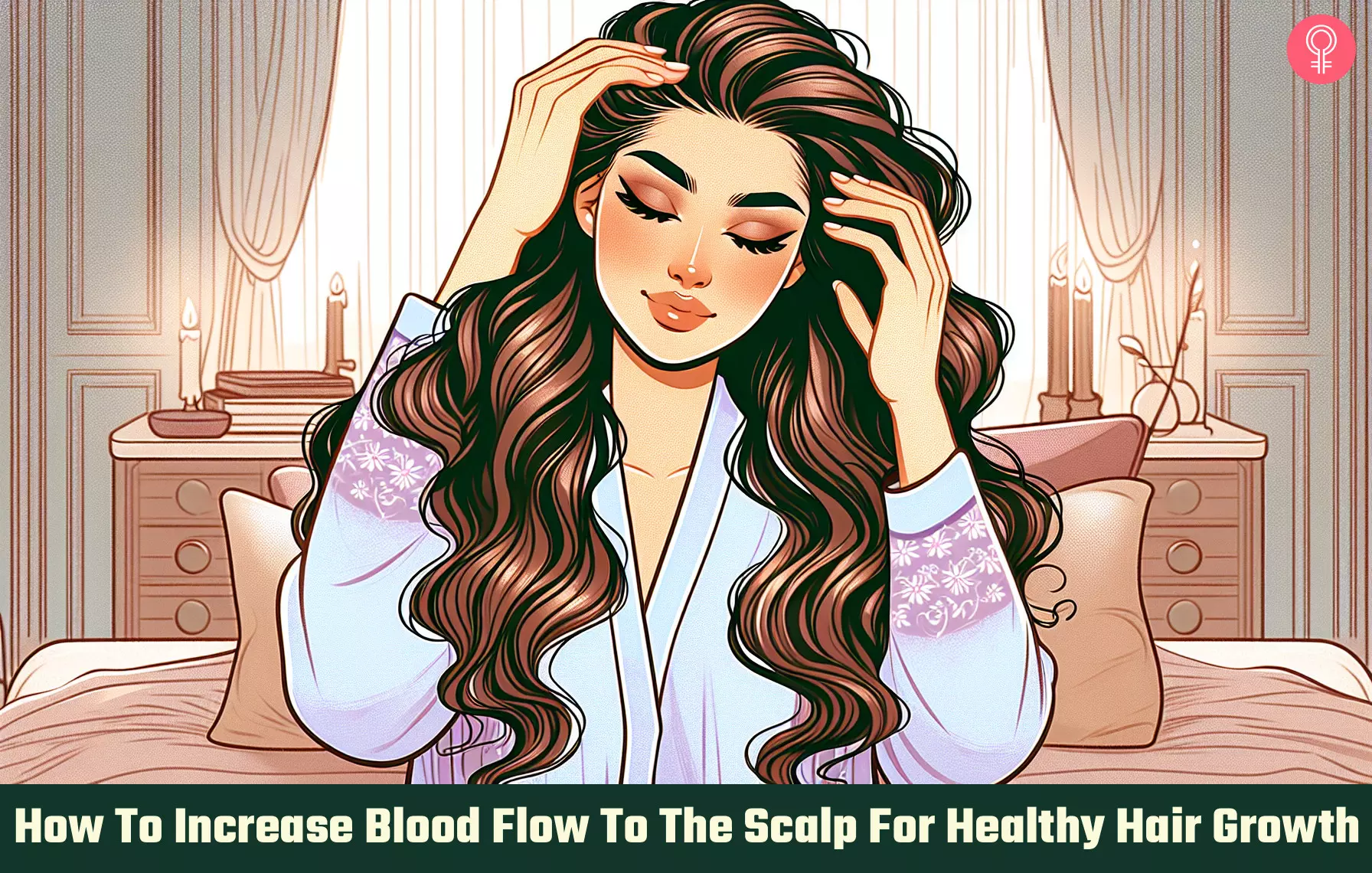
Image: Dall·E/StyleCraze Design Team
Searching for that luminous, healthy hair look? Watch this video that offers various ways to improve blood flow, and also explains what prevents the blood from properly flowing to the scalp.
Personal Experience: Source
StyleCraze's articles are interwoven with authentic personal narratives that provide depth and resonance to our content. Below are the sources of the personal accounts referenced in this article.
i. BENEFITS OF MASSAGING THE SCALP
https://naturallyhappykinkyhair.wordpress.com/2016/12/08/benefits-of-messaging-the-scalp/
References
Articles on StyleCraze are backed by verified information from peer-reviewed and academic research papers, reputed organizations, research institutions, and medical associations to ensure accuracy and relevance. Read our editorial policy to learn more.
- Standardized Scalp Massage Results in Increased Hair Thickness by Inducing Stretching Forces to Dermal Papilla Cells in the Subcutaneous Tissue,
https://www.ncbi.nlm.nih.gov/pmc/articles/PMC4740347/ - Peppermint Oil Promotes Hair Growth Without Toxic Signs,
https://www.ncbi.nlm.nih.gov/pmc/articles/PMC4289931/ - Randomized Trial of Aromatherapy Successful Treatment for Alopecia Areata,
https://jamanetwork.com/journals/jamadermatology/fullarticle/189618 - Diet and hair loss: effects of nutrient deficiency and supplement use,
https://www.ncbi.nlm.nih.gov/pmc/articles/PMC5315033/ - Minoxidil
https://www.ncbi.nlm.nih.gov/books/NBK482378/
Read full bio of Tiffany Young
Read full bio of Annie Jangam
Read full bio of Eshna Das
Read full bio of Monomita Chakraborty






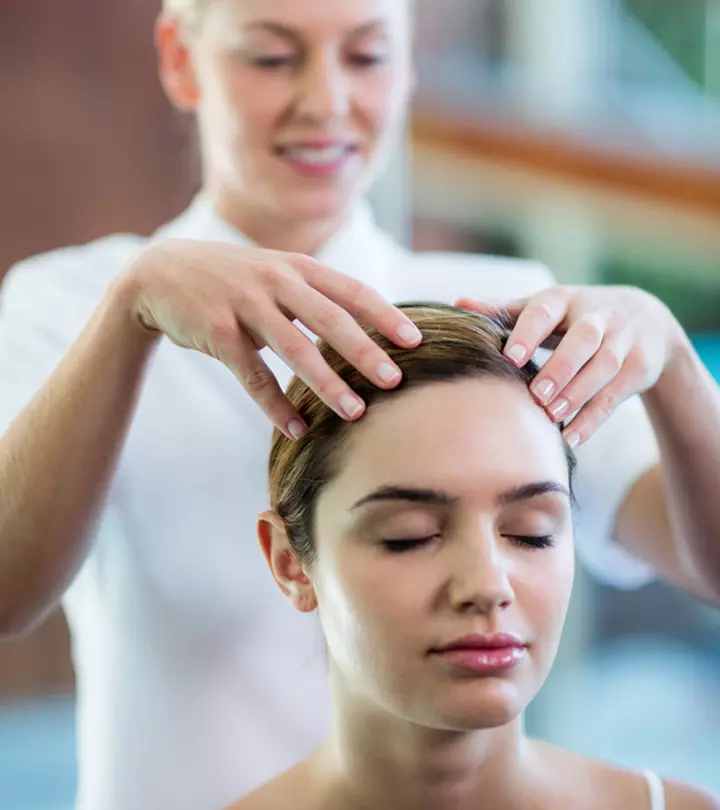
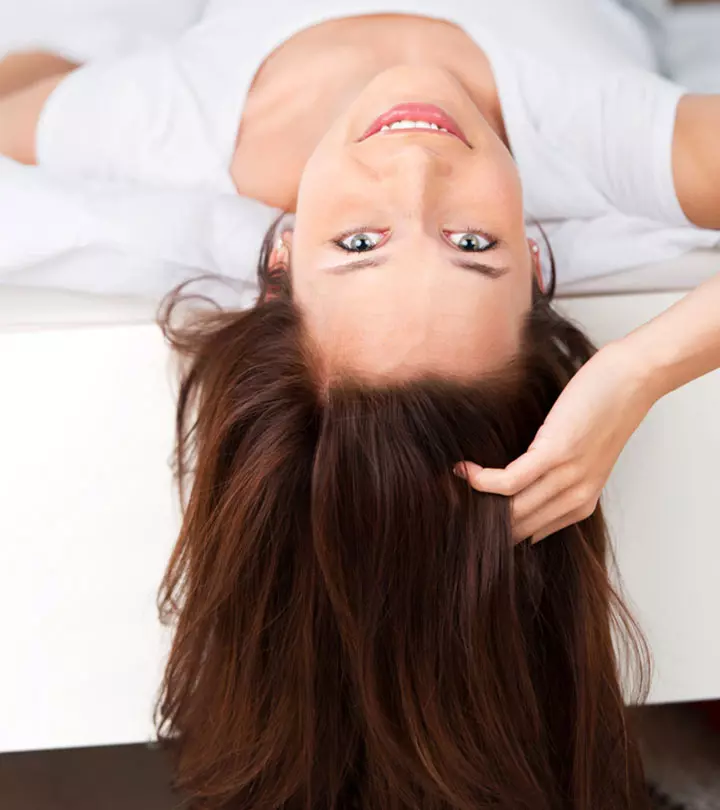

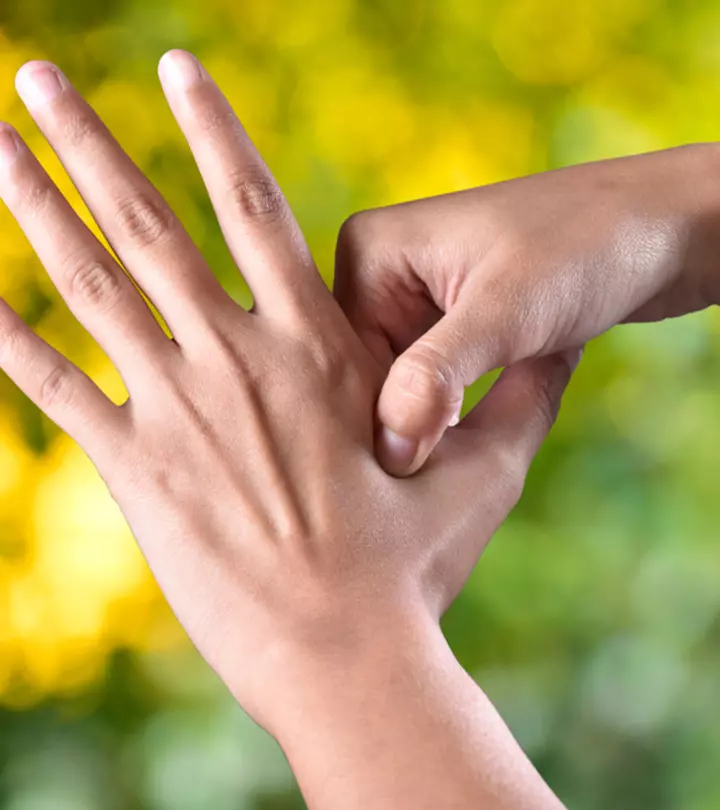
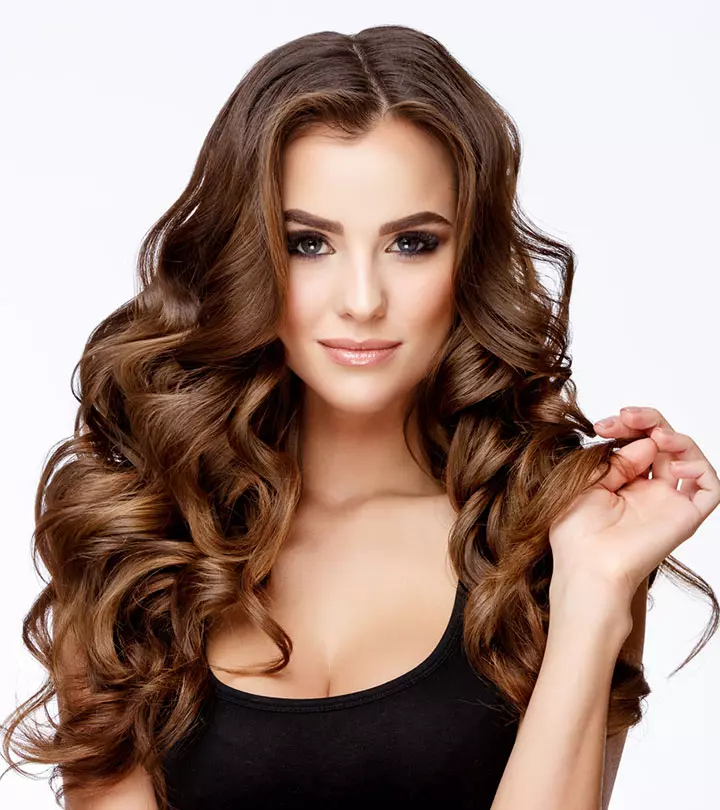
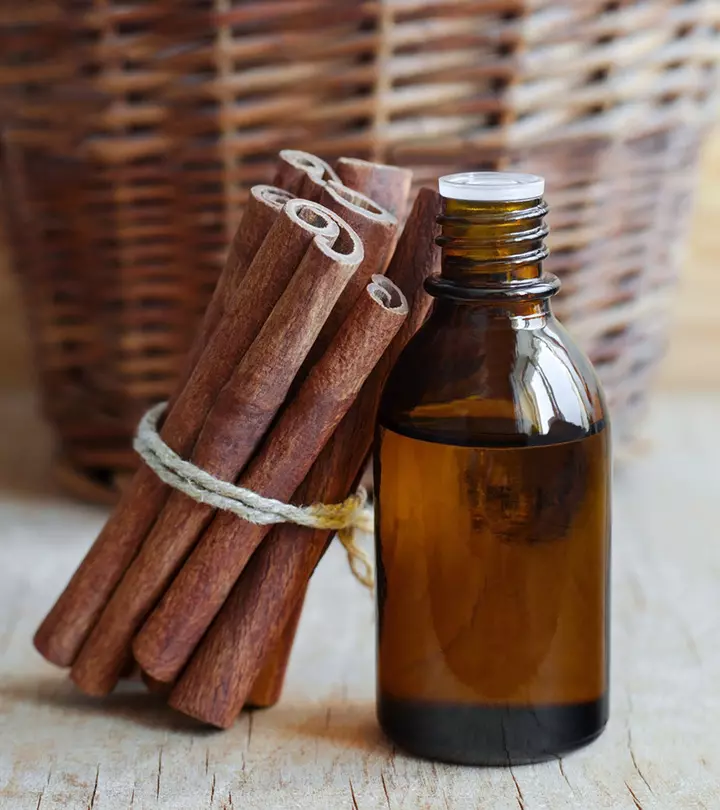
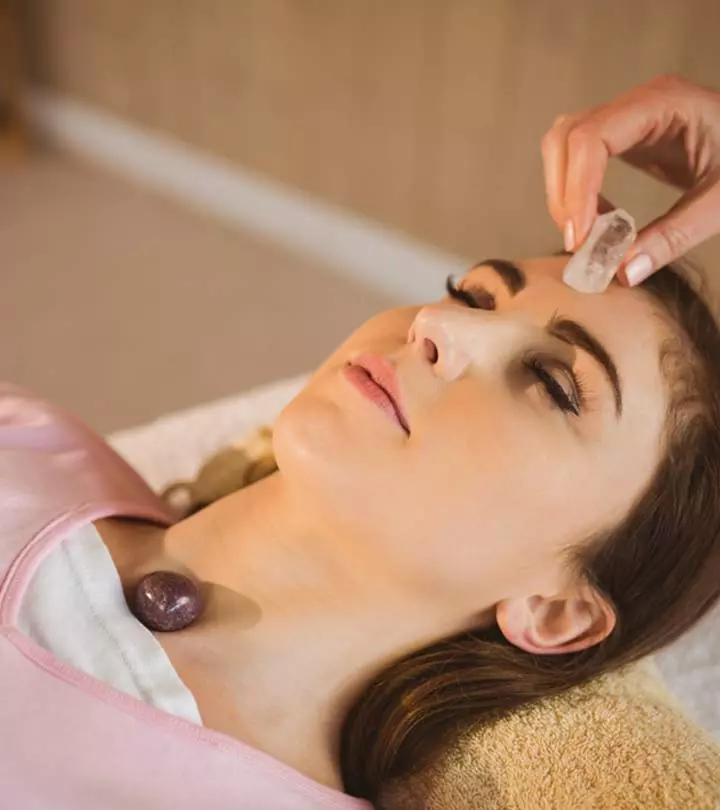

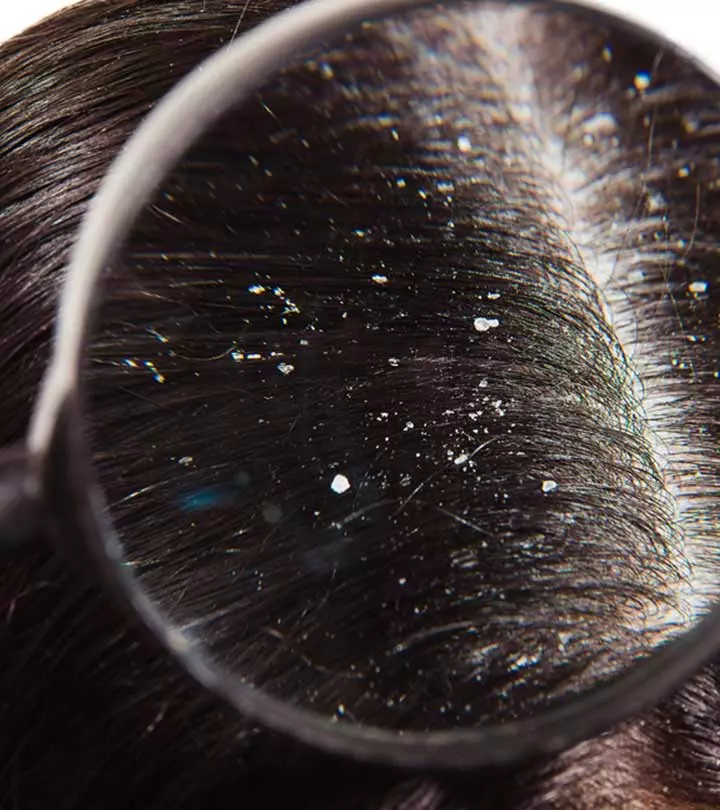

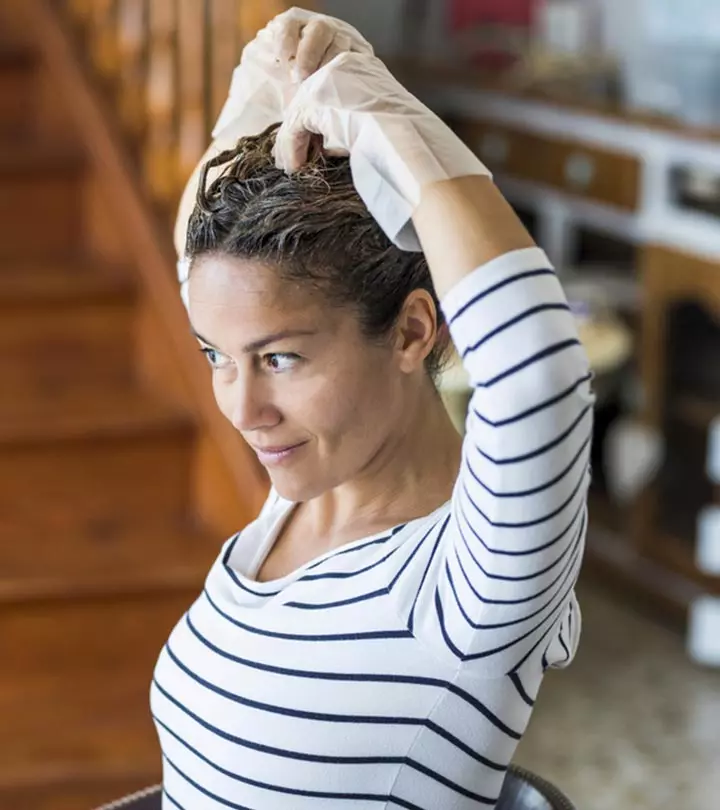
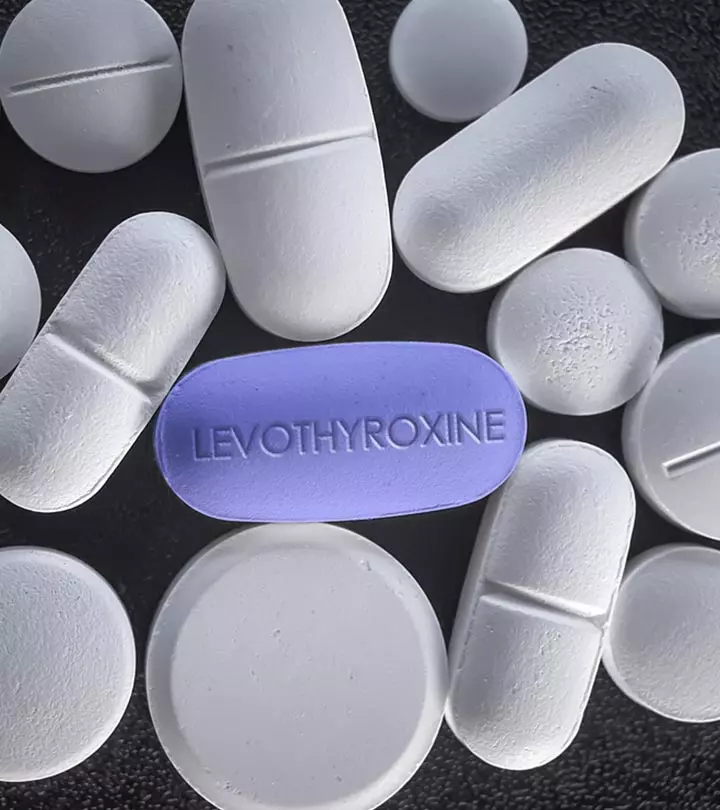
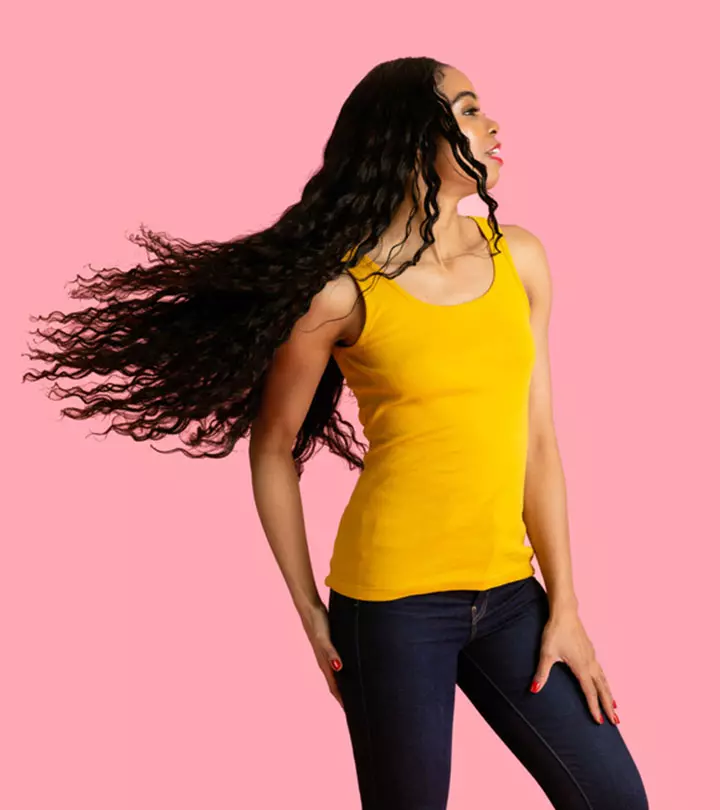

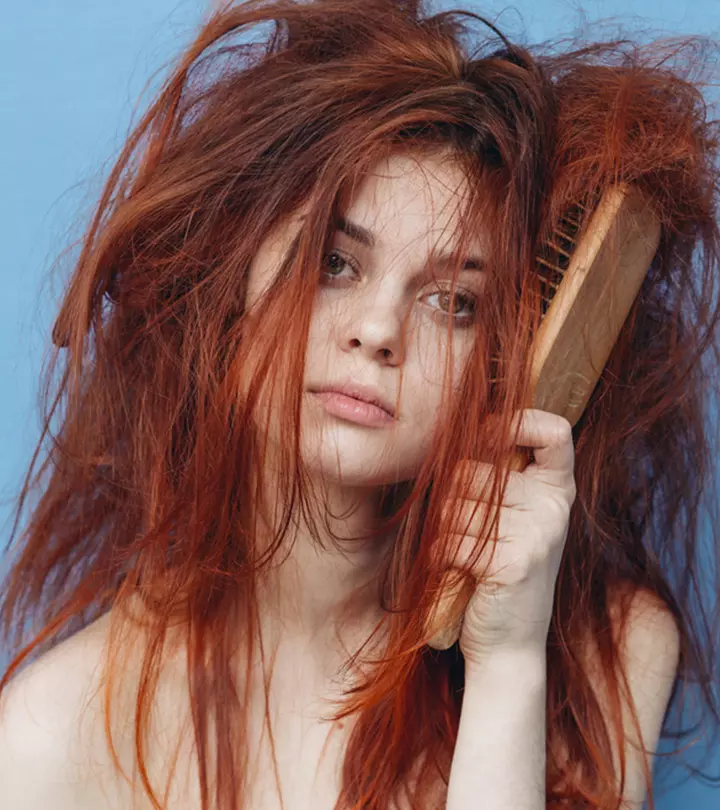
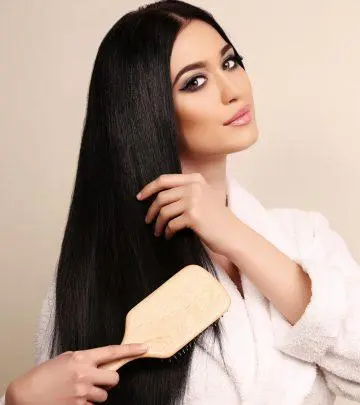
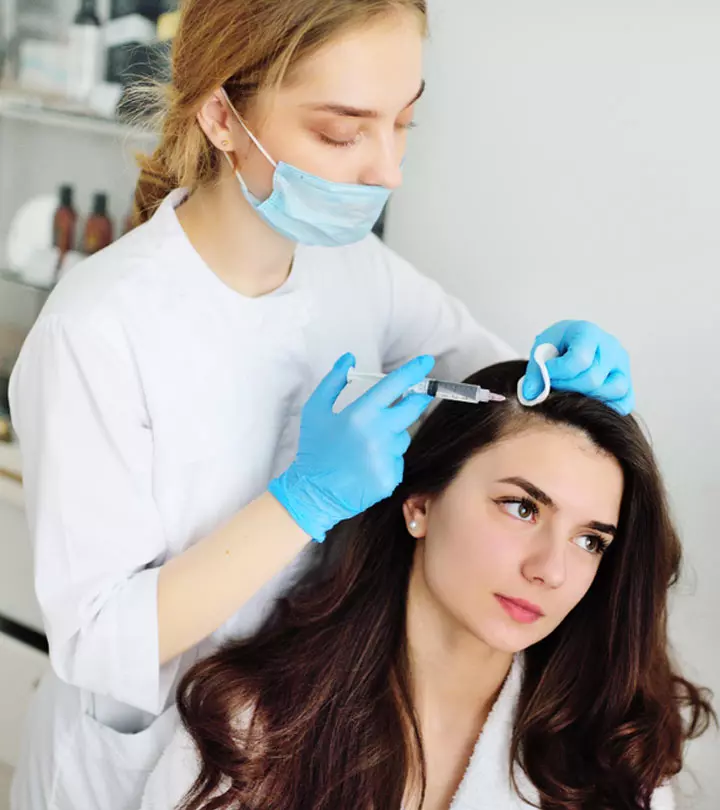
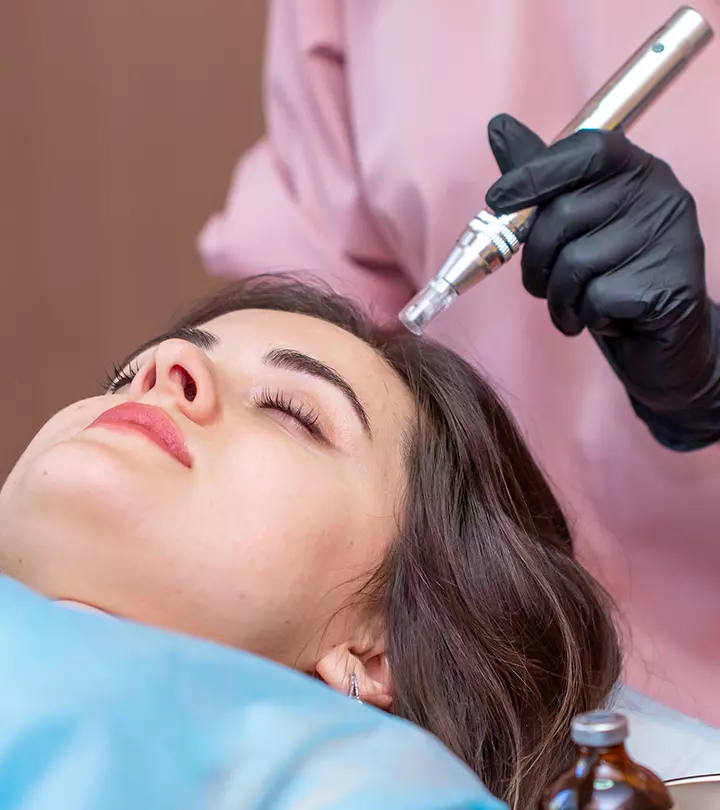
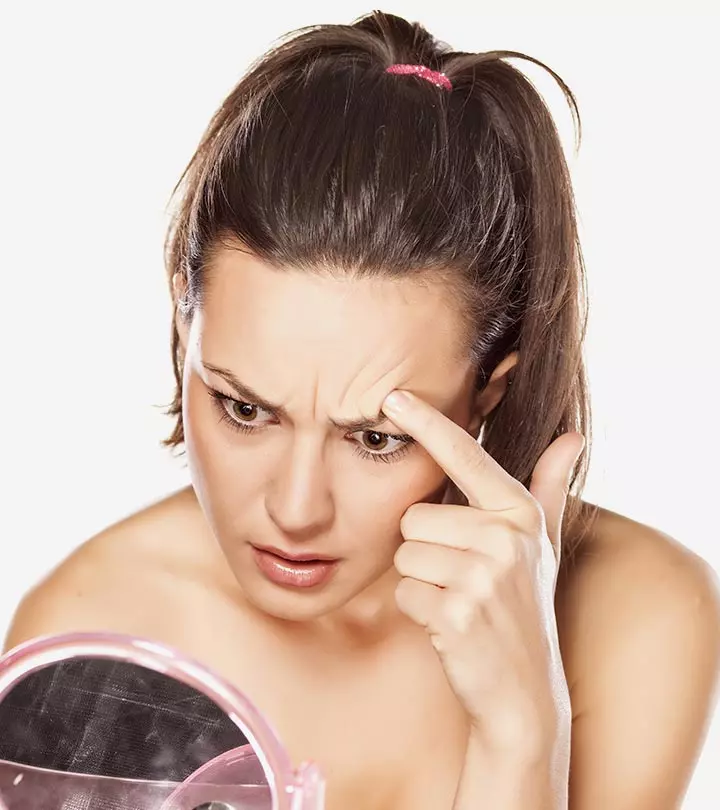
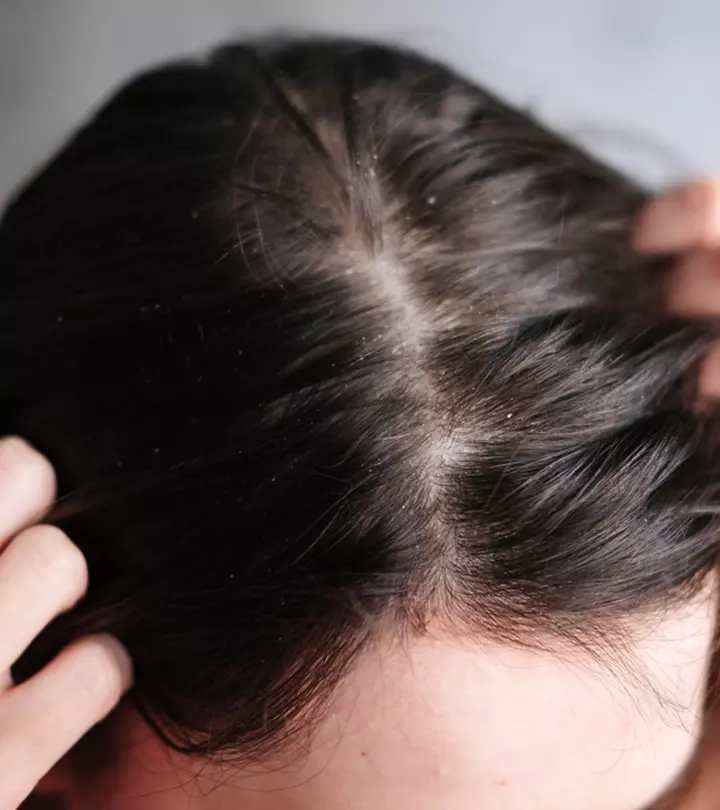
Community Experiences
Join the conversation and become a part of our empowering community! Share your stories, experiences, and insights to connect with other beauty, lifestyle, and health enthusiasts.